Understanding Anchor Bolts: Types, Uses, and Installation
Created at : Apr 1, 2025
Anchor bolts are vital components in construction and engineering, providing a secure connection between structural elements and concrete. Whether it’s a steel column, heavy machinery, or even signage, anchor bolts help keep these elements stable and safe over time.
What Are Anchor Bolts?
Anchor bolts are steel fasteners designed to attach structures or equipment to concrete. One end of the bolt is embedded in the concrete for stability, while the other end remains exposed so components can be secured with nuts and washers. Their design ensures a strong bond between concrete foundations and structural elements.
Common Types of Anchor Bolts
Anchor bolts come in a variety of styles, each suited to specific applications:
- L-Shaped Anchor Bolts: Often used in foundational work, the bent shape helps resist pull-out forces.
- Headed Anchor Bolts: Feature a square or hexagonal head, providing strong bearing in the concrete.
- Sleeve Anchors: Designed for post-installed use, these expand within a drilled hole to create a firm grip.
- Wedge Anchors: Offer high holding power and are widely used for mounting into cured concrete.
- Epoxy or Chemical Anchors: These use adhesive resins to secure threaded rods into pre-drilled holes, ideal for high-load or retrofit applications.
Applications of Anchor Bolts
Anchor bolts are essential across many industries and construction projects:
- Securing Structural Supports: Used to fasten steel columns, bridge supports, and poles to concrete foundations.
- Mounting Equipment: Anchor bolts keep machinery, HVAC units, and industrial systems firmly fixed to concrete pads or flooring.
- Withstanding Environmental Forces: They help structures endure wind, seismic activity, and vibrations by providing strong resistance to lateral loads.
- Temporary or Permanent Fixtures: Depending on the type, anchor bolts can support both temporary and permanent installations.
Installation Methods
There are two primary installation approaches for anchor bolts:
- Cast-In-Place: The anchor bolt is positioned in the concrete form before the concrete is poured. Once the concrete sets, the bolt is securely embedded.
- Post-Installed: A hole is drilled into already cured concrete, and the bolt is inserted using mechanical expansion or chemical bonding techniques.
Once the anchor bolt is set—either by concrete curing or adhesive hardening—nuts and washers are used to securely fasten the structural component or equipment in place.
Conclusion
Anchor bolts may be small compared to the structures they support, but they play a massive role in safety and stability. Selecting the right type and installing it correctly ensures that your structure or equipment remains securely in place under a wide range of conditions. Whether you’re building a skyscraper or installing a generator pad, understanding how anchor bolts work is crucial to a successful, long-lasting installation.
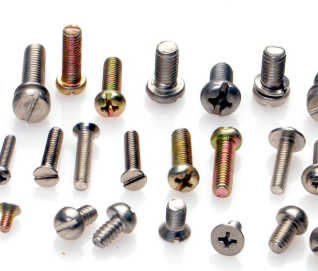 SCREWS
SCREWS
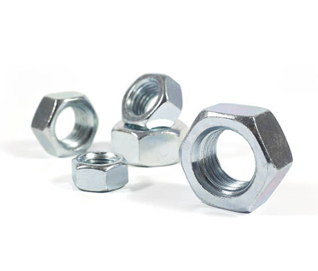 NUTS
NUTS
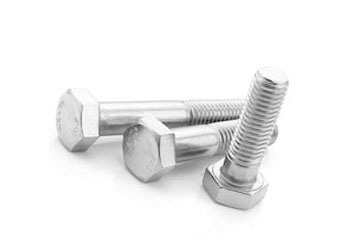 BOLTS
BOLTS
 WASHERS
WASHERS
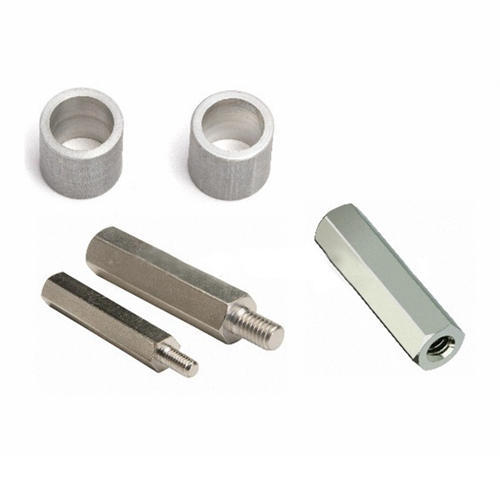 SPACERS & STANDOFFS
SPACERS & STANDOFFS
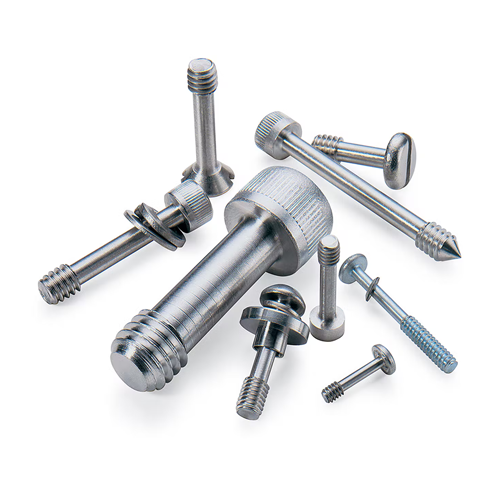 PRECISION/CUSTOM PARTS
PRECISION/CUSTOM PARTS
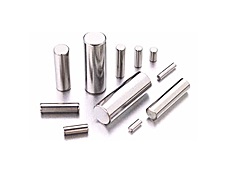 PINS
PINS
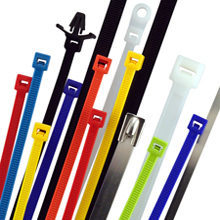 WIRE HANDLING
WIRE HANDLING
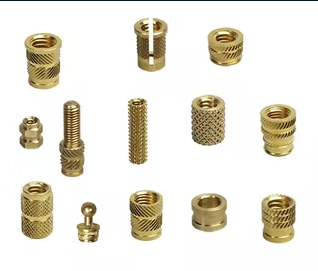 INSERTS
INSERTS
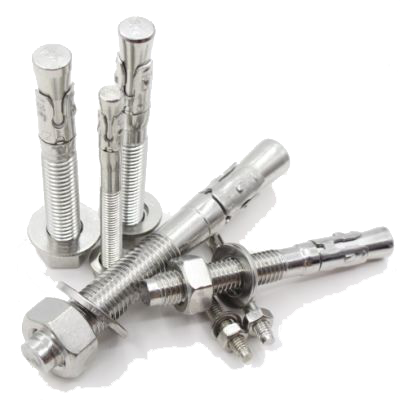 ANCHORS
ANCHORS
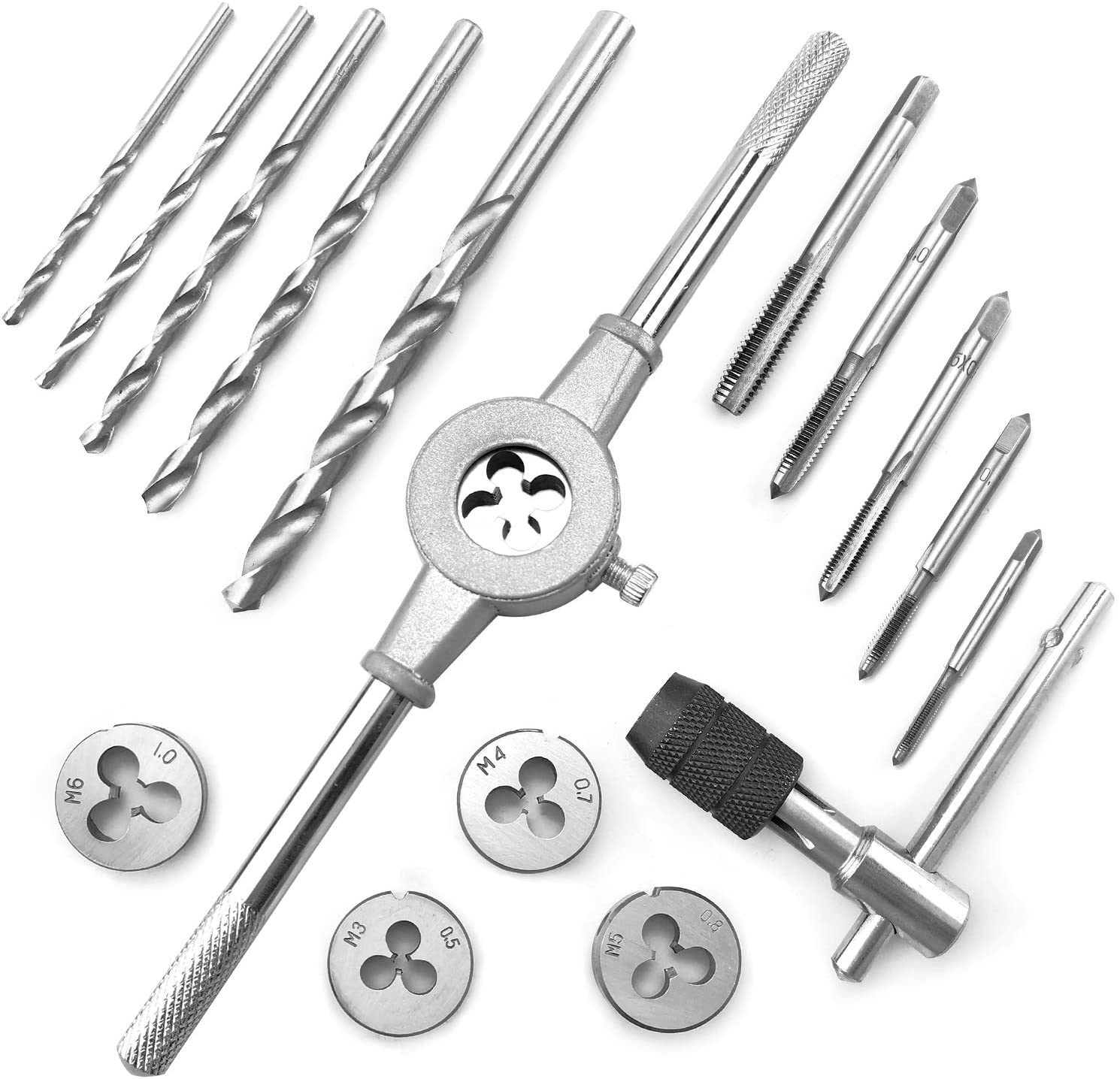 DRILL BITS, TAPS, & DIES
DRILL BITS, TAPS, & DIES
 ABRASIVES & SAWBLADES
ABRASIVES & SAWBLADES
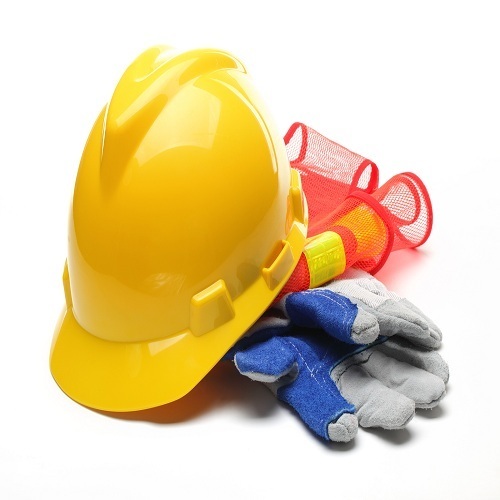 SAFETY EQUIP.
SAFETY EQUIP.
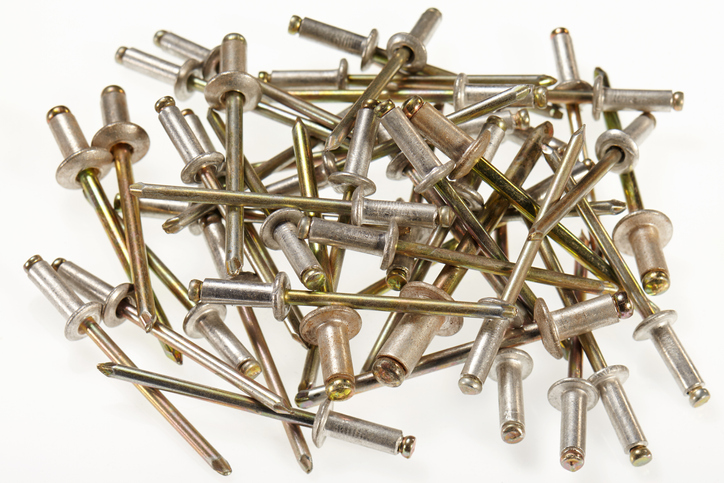 MISC.
MISC.
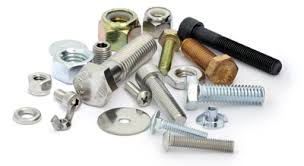 MATERIAL TYPES
MATERIAL TYPES
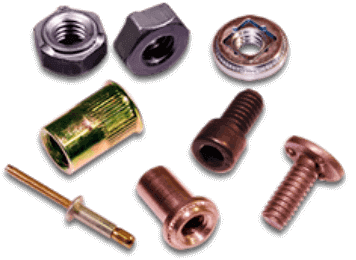 PLATING TYPES
PLATING TYPES